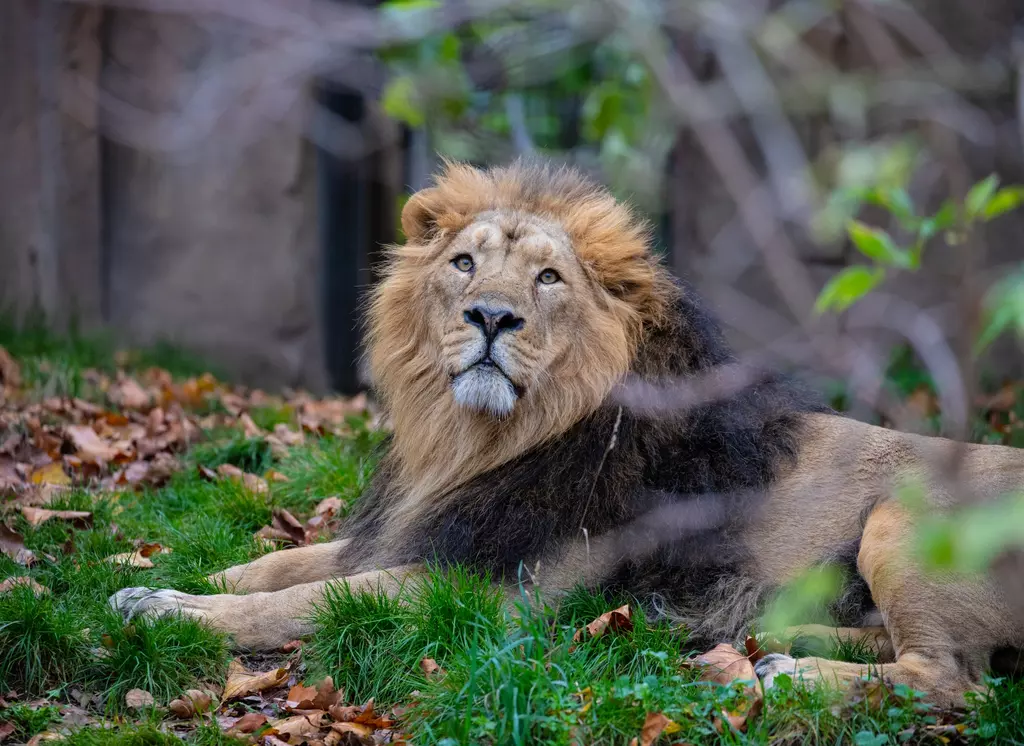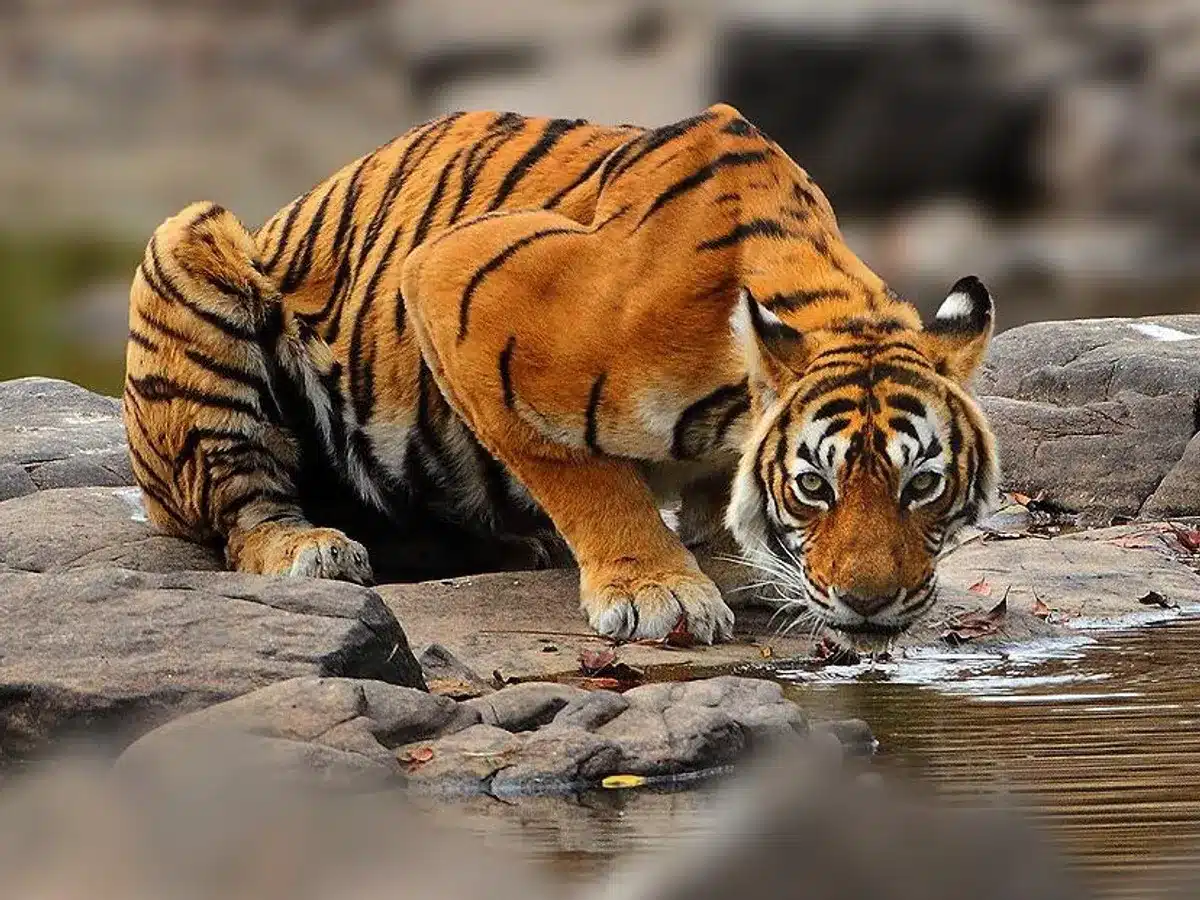The Asiatic Lion and the Royal Bengal Tiger, both members of the Felidae family, are iconic big cats belonging to the Carnivora order. There are 40 species of wild cats, with seven classified as big cats, all part of the Pantherinae subfamily. These big cats evolved through migration during the last two major ice ages, which connected continents via land bridges. As the ice sheets melted and the bridges were submerged, these populations became isolated, leading to distinct species. India is home to five of these big cat species, making it a premier destination for witnessing these majestic predators in their natural habitat.

The Lion – An Overview
Lions are among the largest and most powerful felines, with muscular bodies, a broad chest, and a characteristic mane, especially in males. Lions belong to the Panthera leo genus, with the Asiatic lion (Panthera leo persica) being one of its subspecies. The Asiatic lion shares similarities with its African counterpart, but the two differ in size, mane prominence, and geographic distribution. Asiatic lions are found in the Gir National Park of Gujarat, India, and are slightly smaller than African lions. Their unique features include a more prominent tail tuft and a visible mane that is less developed compared to African lions.
Asiatic Lion Facts
– Length: Males can reach up to 10 feet.
– Weight: Males can weigh up to 200 kg.
– Life Span: Typically between 18 to 20 years.
Asiatic lions are primarily nocturnal and crepuscular, with most of their daytime spent resting. They exhibit social behavior, but pride sizes are generally smaller than those of African lions, often comprising just a few females. In the Gir forest, male lions tend to interact with females only for mating, with females defending territories based on resource availability.
Asiatic Lion Territory and Hunting
Asiatic lions are vocal animals, and their roars can be heard over several kilometers. The territory of male lions can range from 11 to 174 square kilometers, while females occupy smaller areas of 26 to 43 square kilometers. Their primary prey consists of smaller ungulates, including species such as the sambar deer, chital, nilgai, and wild boar. Livestock often forms a significant part of their diet outside the protected areas.
The Tiger – An Overview

The tiger is the largest living cat species, belonging to the Panthera genus. It is easily recognized by its orange fur and black vertical stripes. Tigers are versatile hunters, found in diverse environments from the Siberian taiga to the Sundarbans mangrove swamps. Their range includes grasslands, mixed forests, and rainforests, where they hunt a variety of large herbivores. Tigers are less heat-tolerant than other big cats and are often found near water, where they can swim to cool down.
Royal Bengal Tiger Facts
– Length: Males can grow up to 10 feet or more.
– Weight: Males can weigh up to 300 kg, with females weighing slightly less.
– Life Span: Ranges from 18 to 25 years.
The Royal Bengal tiger, a subspecies of the Bengal tiger (Panthera tigris tigris), is known for its solitary nature. These tigers establish and defend large territories based on factors like prey availability and terrain. Male tigers require territories ranging from 60 to 100 square kilometers, while tigresses need about 20 square kilometers.
Royal Bengal Tiger Territory and Hunting

Royal Bengal tigers are solitary animals that establish territories using vocalizations, scent markings, and physical markings. These territories serve not only to secure resources but also to provide safe spaces for birthing and raising cubs. Their diet mainly includes large herbivores like the chital, sambar, and wild pig, although they can also hunt smaller animals like musk deer and peafowl.
Conservation and National Parks
In India, conservation efforts have led to the resurgence of both Asiatic lions and Royal Bengal tigers. Asiatic lions are found only in the Gir National Park in Gujarat, while Royal Bengal tigers inhabit several national parks across India, such as Jim Corbett, Bandhavgarh, Kanha, and Ranthambore. These parks are crucial for the ongoing protection and preservation of both species, which have faced significant threats from habitat loss and poaching.
In conclusion, while both the Asiatic lion and the Royal Bengal tiger are magnificent big cats with distinct characteristics, they share a critical role in India’s wildlife and conservation efforts. The challenges and successes in preserving their habitats make them symbols of wildlife protection and the need for sustainable conservation practices.

